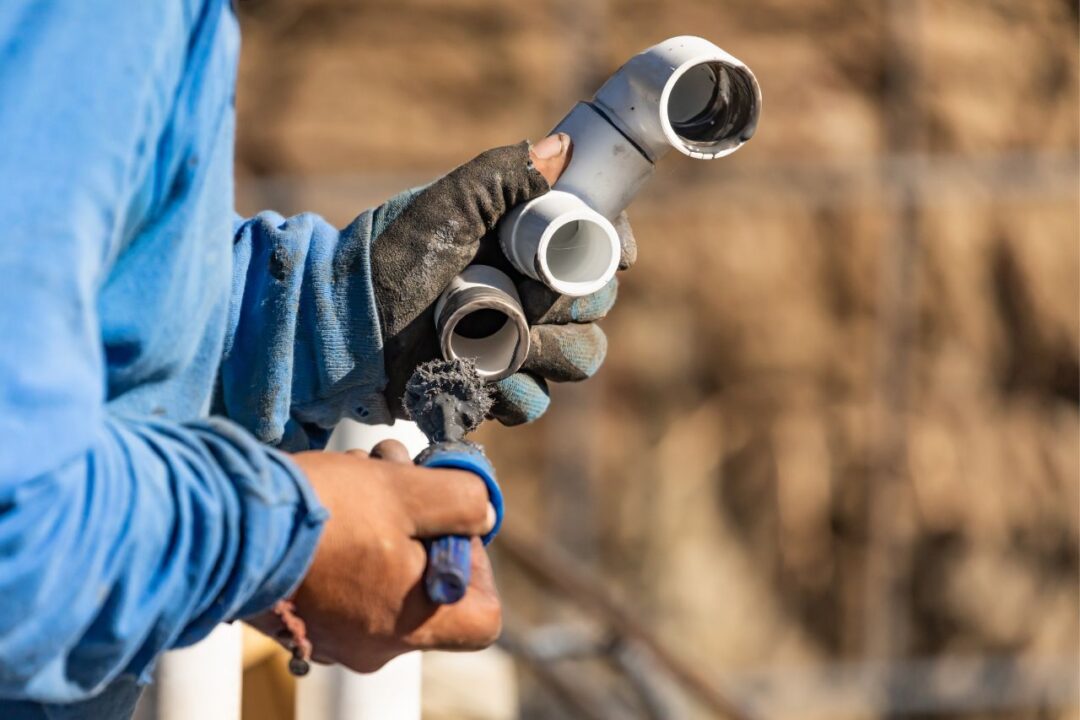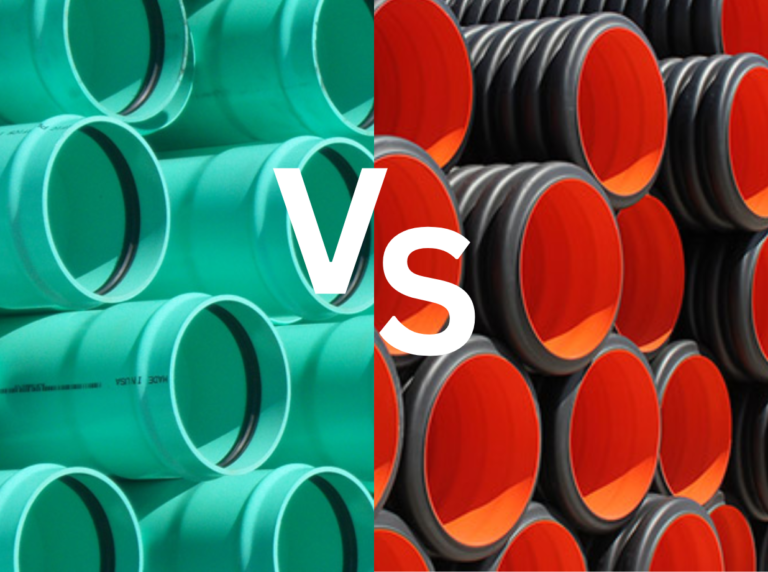Patience is Key: Understanding the Curing Time of PVC Glue
When working on DIY projects and home repairs, it’s crucial to consider the curing time of PVC glue. Rushing this process can have disastrous consequences. Understanding the importance of curing time is vital for successful and long-lasting projects. Whether you’re fixing a leaky pipe or building a plumbing system, allowing sufficient time for the glue to cure is essential for a strong bond. This article explores the significance of patience in PVC glue curing, factors affecting curing time, and useful tips for maximizing its effectiveness. Get ready for a journey of adhesive enlightenment because, with PVC glue, patience is key.
What is Curing Time and Why is it Important?

Curing time refers to the duration it takes for PVC glue to fully bond and reach its maximum strength. It is the period during which the glue undergoes a chemical reaction known as polymerization, transforming from a liquid state to a solid state. The curing time is crucial because it determines the strength and durability of the bond. Rushing the curing process can result in weak bonds that are prone to failure, leading to leaks, cracks, or even complete project failure.
Several factors affect the curing time of PVC glue, and it is important to understand and account for these variables to ensure successful outcomes.
Factors that Affect the Curing Time of PVC Glue
1. Temperature: The temperature of the environment plays a significant role in the curing process of PVC glue. Generally, higher temperatures accelerate the curing time, while lower temperatures slow it down. It is essential to consider the temperature range recommended by the manufacturer for optimal curing.
2. Humidity: Humidity levels can also impact the curing time of PVC glue. High humidity can slow down the curing process, while low humidity can speed it up. It is important to take into account the humidity conditions of your working environment and make adjustments accordingly.
3. Type of PVC glue: Different types of PVC glue have varying curing times. Some glues are designed for fast bonding, while others are formulated for a more extended curing period. Understanding the specific characteristics of the glue you are using is crucial for determining the appropriate curing time.
Understanding these factors will help you make informed decisions and ensure that you allocate the necessary time for the PVC glue to cure properly.
Understanding the Different Types of PVC Glue and Their Respective Curing Times
There are various types of PVC glue available on the market, each with its own unique properties and curing times. It is important to select the right type of glue for your specific project to achieve optimal results.
1. Regular PVC Glue: This is the most common type of PVC glue used for general-purpose bonding. It typically has a curing time of around 24 hours, but this can vary depending on the environmental conditions.
2. Fast-Setting PVC Glue: As the name suggests, this type of glue is designed for quick bonding. It usually cures within 2 to 4 hours, making it ideal for projects that require expedited completion.
3. High-Strength PVC Glue: This type of glue is formulated for applications that require maximum strength and durability. It has a longer curing time of around 48 hours or more, ensuring a robust bond that can withstand heavy loads and extreme conditions.
Understanding the different types of PVC glue and their respective curing times will help you choose the right adhesive for your specific project and allocate the appropriate amount of time for curing.
The Importance of Following Manufacturer’s Instructions for Curing Time
When working with PVC glue, it is crucial to follow the manufacturer’s instructions regarding curing time. The manufacturer’s guidelines are based on extensive testing and research to ensure optimal bonding performance. Deviating from these instructions can compromise the integrity of the bond and lead to project failure.
Manufacturers provide specific recommendations for curing time based on the type of glue, environmental conditions, and intended application. It is essential to read and understand these instructions thoroughly before using the PVC glue to achieve the best results.
Tips for Ensuring Proper Curing of PVC Glue

To maximize the effectiveness of PVC glue and ensure proper curing, consider the following tips:
1. Clean and prepare the surfaces: Before applying the glue, ensure that the surfaces to be bonded are clean, dry, and free from grease or contaminants. Proper surface preparation is crucial for achieving a strong and durable bond.
2. Apply the glue evenly: Apply the PVC glue evenly on both surfaces to be bonded, ensuring complete coverage. Use a brush or applicator recommended by the manufacturer for precise and controlled application.
3. Allow sufficient curing time: Patience is key when it comes to PVC glue. Allow the glue to cure for the recommended duration specified by the manufacturer. Avoid any temptation to rush the process, as it can compromise the bond’s strength and longevity.
4. Maintain suitable temperature and humidity: Create an environment conducive to proper curing by maintaining the temperature and humidity levels within the recommended range. Avoid extreme conditions that can adversely affect the curing process.
By following these tips, you can ensure that your PVC glue bonds are strong, durable, and capable of withstanding the test of time.
Common Misconceptions and Mistakes Regarding Curing Time
There are several misconceptions and mistakes that people often make when it comes to the curing time of PVC glue. It is important to debunk these myths and avoid these errors to achieve successful outcomes.
1. Assuming shorter curing time is better: Some individuals mistakenly believe that shorter curing time is always better. While faster curing glues may be convenient for certain projects, it is essential to select the appropriate type of glue for the intended application. Rushing the curing process can compromise the bond’s strength and durability.
2. Neglecting environmental factors: Ignoring the influence of temperature and humidity on the curing time can lead to subpar results. It is crucial to consider these factors and make necessary adjustments to ensure optimal curing.
3. Failing to test for full cure: Many people assume that the bond is fully cured once the recommended curing time has elapsed. However, it is important to test the bond to ensure its complete strength and integrity. This will prevent premature failure and potential damage.
How to Test if PVC Glue has Fully Cured
To determine if PVC glue has fully cured and reached its maximum strength, perform the following test:
1. Apply gentle pressure: Apply gentle pressure to the bonded surfaces to check for any movement or flexibility. A fully cured bond should be firm and rigid, with no give or flexibility.
2. Perform a stress test: Subject the bond to light stress or load to assess its strength. If the bond withstands the stress without any signs of weakening or failure, it is an indication of full cure.
3. Wait for the recommended time: Allow the bond to cure for the recommended time specified by the manufacturer before performing the test. Premature testing can yield inaccurate results.
By conducting these tests, you can ensure that the PVC glue has fully cured and the bond is strong and secure.
The Potential Consequences of Not Allowing Sufficient Curing Time
Failing to allocate sufficient curing time for PVC glue can have serious consequences. Some potential outcomes of not allowing the glue to cure properly include:
1. Weak bonds: Insufficient curing time can result in weak bonds that are prone to failure. This can lead to leaks, cracks, or complete project failure, necessitating costly repairs or replacements.
2. Reduced lifespan: Rushing the curing process compromises the bond’s strength and durability, reducing its overall lifespan. This can result in premature failure and the need for frequent repairs or replacements.
3. Safety hazards: Inadequately cured PVC glue can pose safety hazards, especially in critical applications such as plumbing or structural projects. Leaks or failures can lead to water damage, structural instability, or other potential dangers.
To avoid these consequences, it is crucial to exercise patience and allow the PVC glue to cure fully before subjecting it to stress or load.
Conclusion: The Significance of Patience in Achieving Strong and Long-Lasting PVC Bonds
Patience is indeed key when it comes to the curing time of PVC glue. Rushing the process can have detrimental effects on the strength, durability, and overall success of your DIY projects or home repairs. By understanding the importance of curing time, considering the factors that influence it, selecting the appropriate type of glue, and following manufacturer’s instructions, you can ensure that your PVC bonds are strong, secure, and capable of withstanding the test of time.
As you embark on your next PVC-related project, remember to prioritize patience and give the glue ample time to cure. By doing so, you will maximize the effectiveness of the adhesive and achieve long-lasting, reliable results. So, put on your safety goggles, take a deep breath, and let patience guide you to PVC adhesive success!





